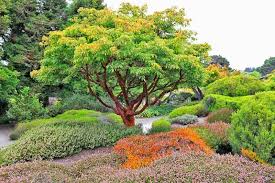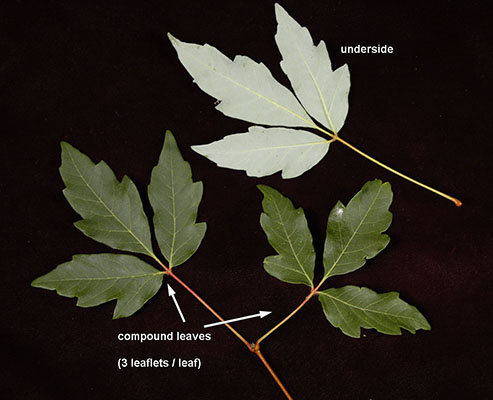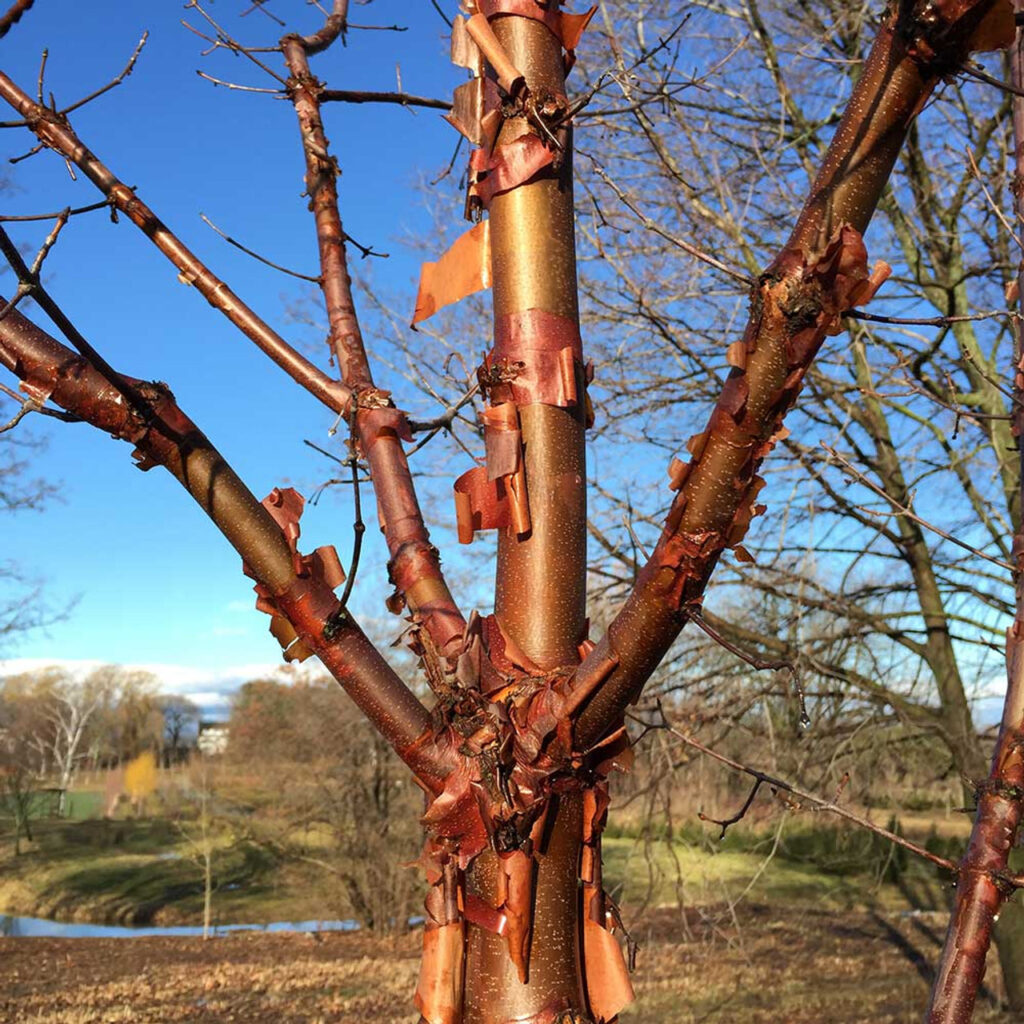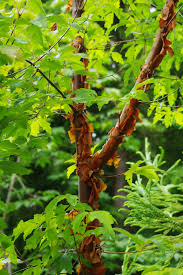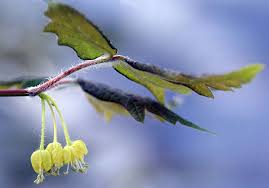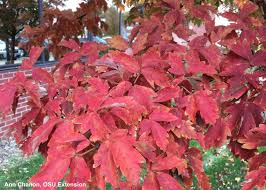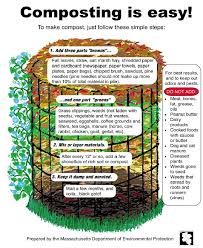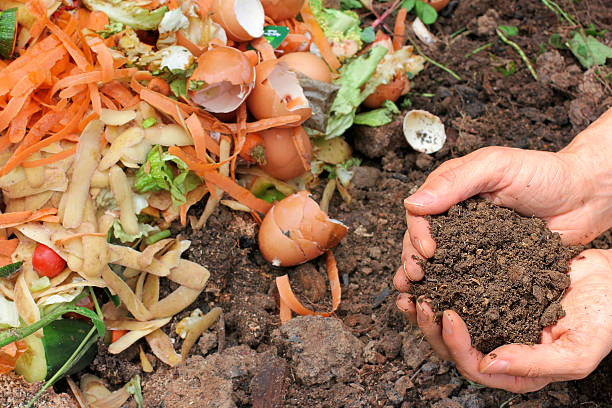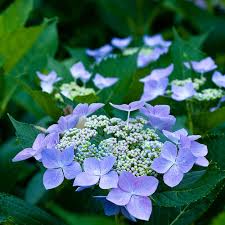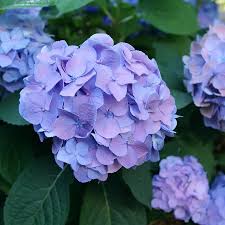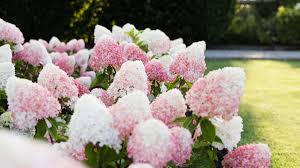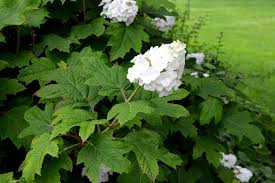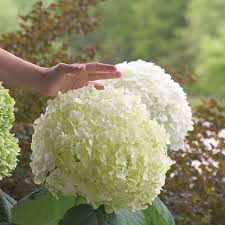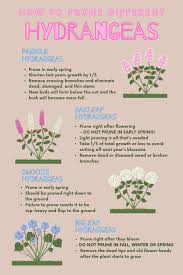Plant Spotlight:
Abies concolor (White Fir)
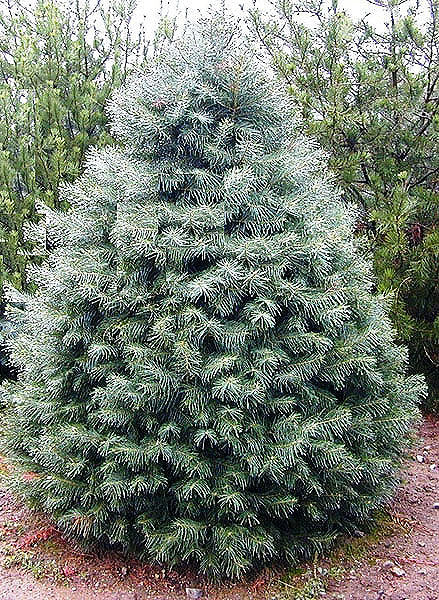
Abies concolor, commonly known as White Fir or concolor fir, is a majestic evergreen tree that belongs to the Pinaceae family. It’s native to the western United States and is often found in mountainous regions of the Rocky Mountains and Sierra Nevada. This tree has become popular for both landscaping and timber production due to its aesthetic appeal and practical uses.
KEY FEATURES
1. Appearance
- Height: It can grow anywhere from 30 to 60 feet tall (9 to 18 meters), although it can reach over 100 feet in ideal conditions.
- Shape: White Fir has a pyramidal shape, with a narrow, conical form in youth that broadens with age.
- Needles: The needles are unique, soft, and blue-green to silvery in color, around 1 to 2 inches long. They are arranged in a spiral pattern on the branches.
- Cones: The cones of White Fir are cylindrical, about 4 to 6 inches long, and stand upright on the branches. When mature, the cones disintegrate to release seeds.
2. Growing Conditions
- Soil: It prefers moist, well-drained soils but can tolerate a range of soil types, including clay (not heavy clay) gravely soil and sandy soils.
- Light: Full sun is ideal for this tree, though it can tolerate partial shade, particularly in warmer climates.
- Water: White Fir requires consistent moisture, particularly when young. It’s more drought-tolerant once established but benefits from regular watering.
- Climate: It thrives in USDA Hardiness Zones 4 to 6, which translates to regions with cold winters and moderate to high summer temperatures.

3. Uses
- Ornamental: Because of its attractive blue-green foliage and symmetrical shape, White Fir is often used in landscapes, parks, and as a specimen tree.
- Timber: The wood of Abies concolor is valuable and is often used for construction, paper, and plywood due to its light weight and ease of working with.
- Christmas Trees: White Fir is sometimes used as a Christmas tree due to its soft needles
- and pleasant fragrance.
4. Wildlife
- White Fir provides shelter and nesting sites for various birds and mammals. Its seeds are a food source for squirrels, while its dense foliage provides protection for animals in colder months.
5. Interesting Facts
- The name “concolor” refers to the uniform color of the tree’s needles, which distinguishes it from other fir species that have more varied needle colors.
- Lifespan is 300 years.
- The largest Abies concolor is in Yosemite National Park on the west slope, measuring 259 feet (78.8 meters).
How to Identify
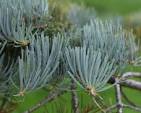
The leaves of the white fir (Abies concolor) are arranged in a spiral pattern on the shoots of the tree. However, the leaves are twisted at the base so that they lie in flat ranks on either side of the shoot.
Leaf characteristics
- The leaves are needle-like and scale-like.
- They are flat and can’t be rolled between the fingers.
- There is one leaf per node.
- The leaves are blue or blue green in color.
- The leaves have parallel venation.
- The leaves are less than 2 inches long.
- The leaves have a pungent odor, often camphor like.
Other white fir characteristics
- The white fir is an evergreen tree native to the Rocky Mountains
- The white fir can grow to be over 100 feet tall.
- The white fir has brown cones that are cylindrical and 4–5 inches long.
- The white fir has smooth, whitish gray bark.
- The white fir has a citrus odor when bruised.




